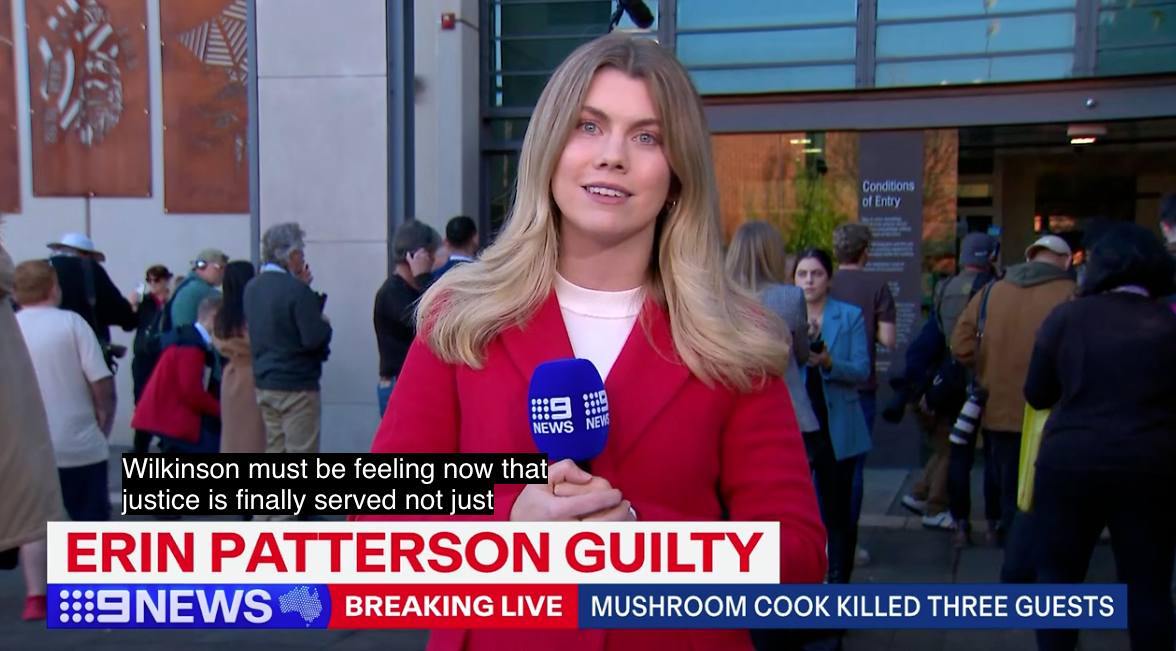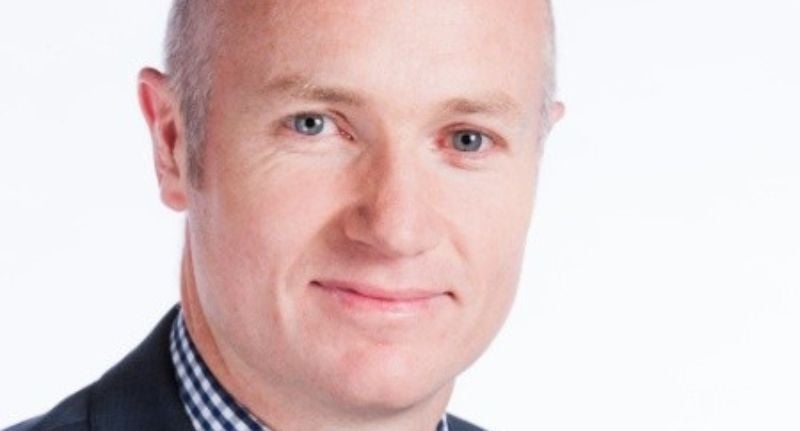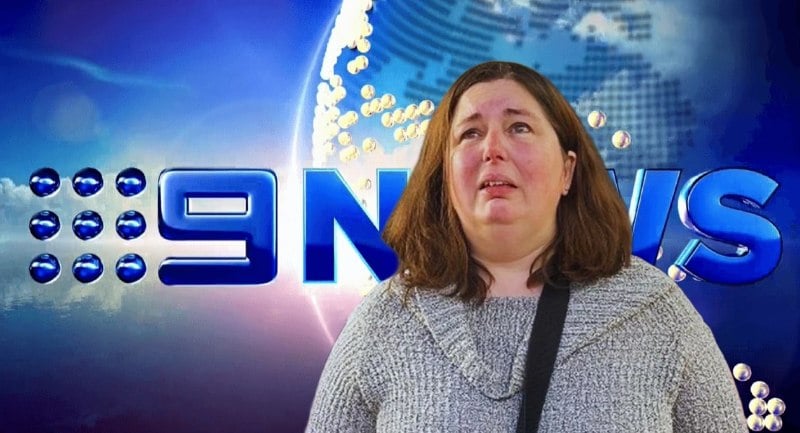When a high-stakes trial draws to a close, the pressure in the newsroom shifts from long-term planning to split-second execution. And for Nine’s national news director Hugh Nailon, covering the Erin Patterson mushroom trial verdict was exactly that, a complex dance of coordination, timing and editorial discipline.
With months of coverage already behind them, Nine had a separate plan in place just for verdict day. From reporters in the courtroom to presenters in the studio, and producers across the network, the team was prepared to act fast, but not recklessly.
But as Nailon details in this Q&A with Mediaweek, as the story unfolded in real-time, Nine’s newsroom worked tirelessly to strike a careful balance between being first and being right.

How Nine announced a verdict had been reached.
Mediaweek: How does a newsroom prepare for such a huge breaking story like this?
Hugh Nailon: There’s months of planning the coverage of the trial and then creating a separate plan for the verdict itself.
You’ve also got so many moving parts: You’ve got so many internal stakeholders, you’ve got your on-camera talent, you’ve got your camera operators, you’ve got your editors, you’ve got your producers, and you’ve got the rest of the network to think about, so everybody needs to be on the same page as to how things are going to roll out.
A jury verdict is probably one of the most electrifying stories you’re ever going to cover because no one truly knows what’s going to happen. So you want to get on air as soon as you can.
We had about 20 minutes to fill before the verdict was due. So we had Brett McLeod and Stephanie Anderson in our Melbourne studio, and we had our court reporter, Amber Johnston, who was in Morwell for us.
She was outside the courtroom while our other Nine reporter, Penny Liersch was inside the court.
Our plan was pretty simple: For Penny to communicate to that group from inside the court as the verdict was delivered, and that allowed probably the most sort of seamless way of sort of getting that information across.
The critical thing, however, is that while you want to be first, that can never supersede being right. And I think we’re really proud of the way that we handled it. When reading out the verdicts, Amber herself told our audience “just give me a moment here, because I want to be absolutely right, absolutely sure that we’ve got this correct”. So she brought the audience in on that.
Mediaweek: Nine were the first network to break into regular programming. What was behind the decision to then leave the coverage at 3pm?
Hugh Nailon: By that stage the detectives had come out and said they weren’t going to talk for another hour and a half. Then, the defence and prosecution lawyers left without comment, then a friend of Erin’s left and gave a brief comment.
So when we got to 3pm, we felt that we’d had a pretty comprehensive coverage of what was going on. The key pertinent points was there. We decided to give our linear audience a bit of a rest from it.
Then we thought about what the rest of our afternoon programming looked like, and we felt that we could run the UK version of Tipping Point.

Nine reporter Amber Johnston.
That decision was jointly made between news and programming, as we felt we had covered everything as the story was at the time being. We then decided to come back with a 4pm news that saw all the East Coast markets, including Brisbane, and Sydney, all taking the first 15 minutes of network news out of Melbourne on the Mushroom coverage, and then they went to their local broadcasts after that.
All of our coverage was also streamed on 9Now and available there from a linear point of view. Our social team were also providing updates, which linked back into the coverage through nine.com.au.
And if you think about the time of day, 3pm on a Monday, there’s a significant audience that isn’t watching linear TV but is picking up the news from other Nine platforms. So we felt comfortable that people could get that information from us at the right time, particularly given that the key decision to turn on for had been made. The rest of what was happening around that time was pretty much commentary, I suppose.
So we felt that an hour and a half was the right amount of time for us to stick with the rolling coverage, and then allow ourselves to reload for our premium bulletins.

Nine’s national news director Hugh Nailon
Mediaweek: OK, so you’ve made that call, what happens in-between that hour?
Hugh Nailon: It allowed us to regroup and get our preparations in place for that 4pm and then the 6pm bulletins.
For 6pm, obviously, our priority was to be where the big story was. Now that we’ve got Alicia (Loxley) and Tom (Steinfort) as the duo hosts broadcasting from Melbourne, our ideal scenario is to get to where the story is, if it’s big enough. So we dispatched Tom down to Morwell, and he presented our 6pm news last night from there. That put us on location and on the scene of where it all happened.
Look, I think in terms of a collaborative effort from the news organisation, it was really strong. Clearly, that flowed into A Current Affair and Today, both providing superb coverage of the story. And Kirsty Thomson’s new long-form unit had an episode of The Brief ready to go, which sits on 9Now and is a documentary detailing the entire case. So from an all-of-Nine effort, it was a really pleasing news day.
That said, we never lost sight of the fact that the story is about three people that passed away, which at the end of the day, is the most sort of shocking and tragic part of all of this.
Read how Mediaweek’s verdict on how the media covered the announcement
